Photos: Duck-Billed Dinos Found in Alaska
Researchers have uncovered a newfound species of duck-billed dinosaur in Alaska. It's unclear how the 30-foot-long (9.1 meters) herbivore lived at such a northern latitude, but it likely experienced both snow and long, dark winters, the researchers said. [Read the full story on the hadrosaur from Alaska]
Duck-billed dinos of Alaska
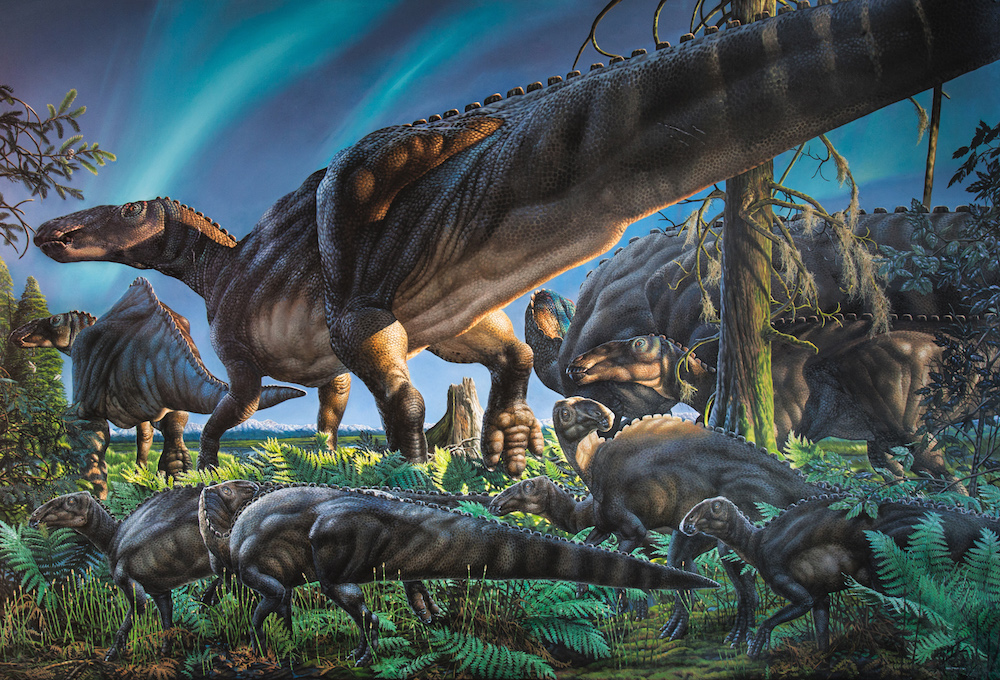
About 69 million years ago, Earth's climate was warmer and Arctic Alaska was covered in trees. But it was still cold — about 43 degrees Fahrenheit (6.1 degrees Celsius) — and likely snowed during the hadrosaurs' time there. (Image credit: Copyright James Havens)
Bone Bed's yield
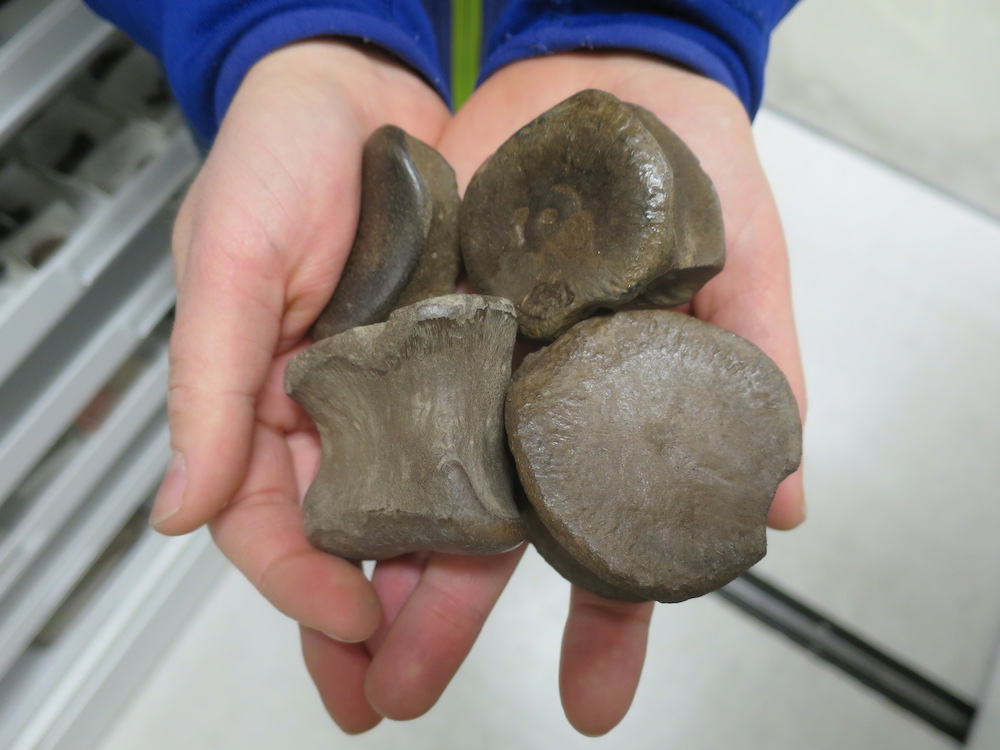
A team member holds several bones found at the Liscomb Bone Bed on the Colville River in northern Alaska. The new species is called Ugrunaaluk kuukpikensis. (UAMN Photo courtesy Pat Druckenmiller)
Rainbow moment

Near Ocean Point, a rainbow arcs over the Colville River, where the majority of dinosaur discoveries have been made. These fossils are the only known pieces found so far north. (UAMN Photo courtesy Pat Druckenmiller)
Sign up for the Live Science daily newsletter now
Get the world’s most fascinating discoveries delivered straight to your inbox.
Rocky coast
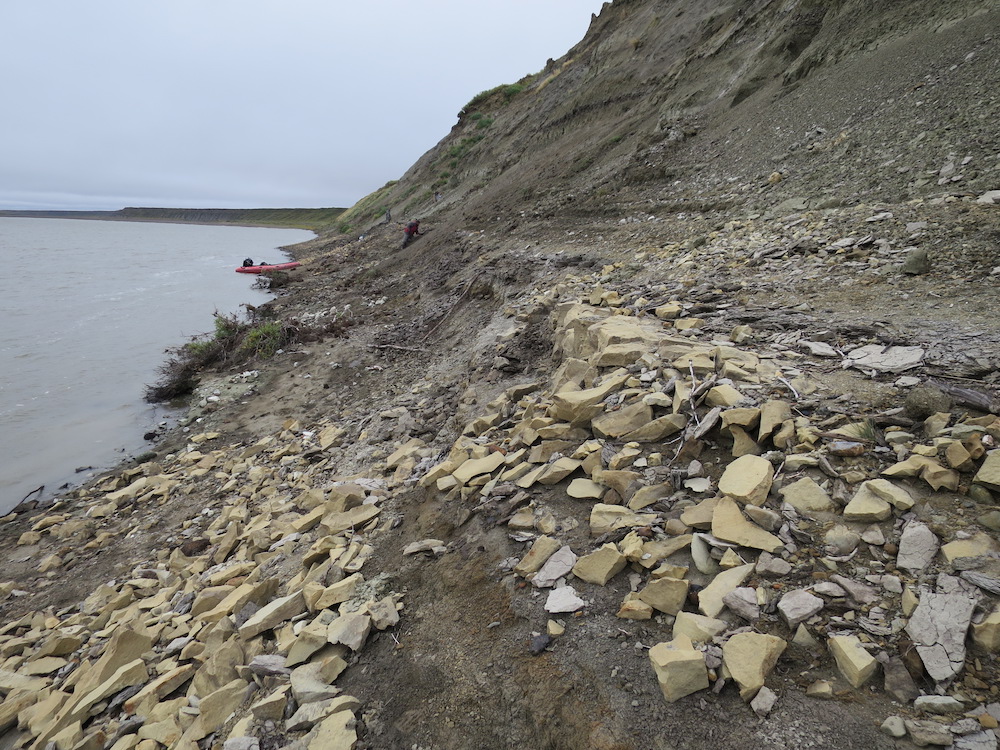
At the Liscomb Bone Bed, which sticks out some 200 feet (60 m) along this bluff, a paleontologist searches for dinosaur bones. Researchers have found almost 10,000 bones, belonging mostly to juveniles of the species. (UAMN Photo courtesy Pat Druckenmiller)
The quest continues
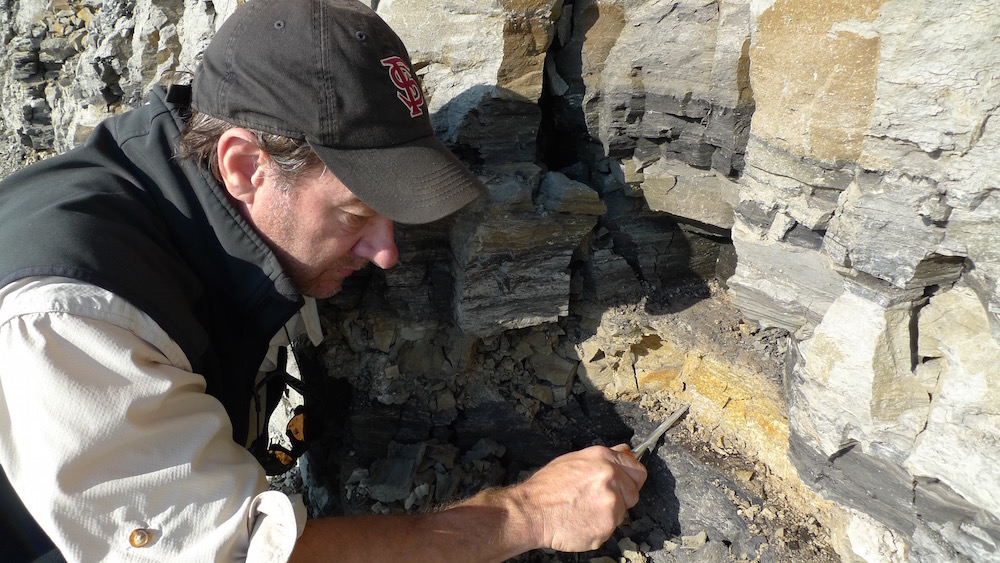
Florida State University researcher Greg Erickson digs for fossils at this site in the Liscomb Bone Bed in northern Alaska. (Photo courtesy Pat Druckenmiller)
Weathering the elements
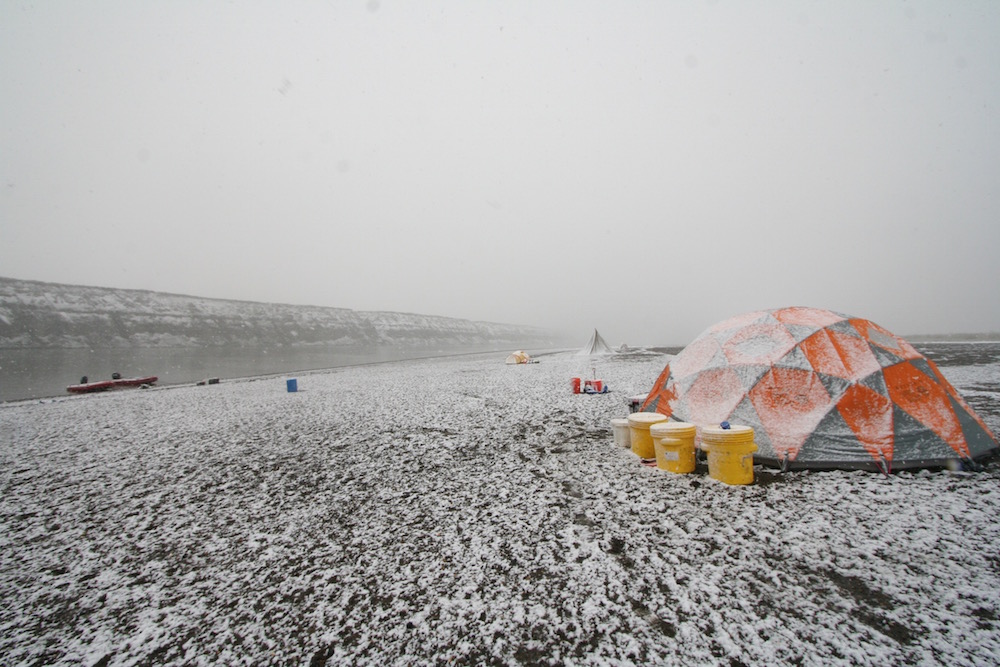
Living at the dig site on Alaska's North Slope at the Colville River for a month, researchers encountered a range of weather, including snow. (Photo courtesy Greg Erickson)
Rappelling researcher
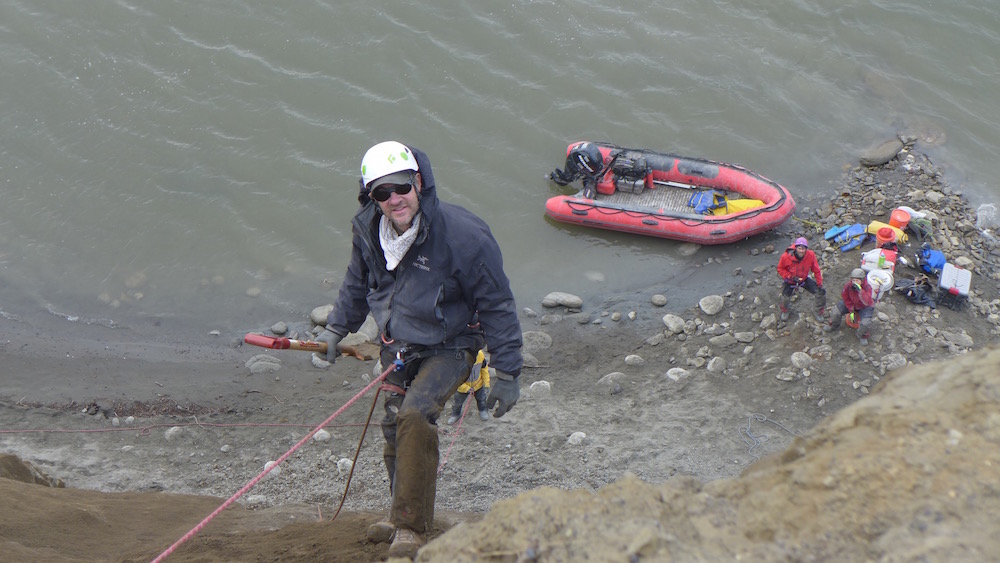
Reaching the dig site required unique skills for Greg Erickson. (Photo courtesy Greg Erickson)
Frozen in time
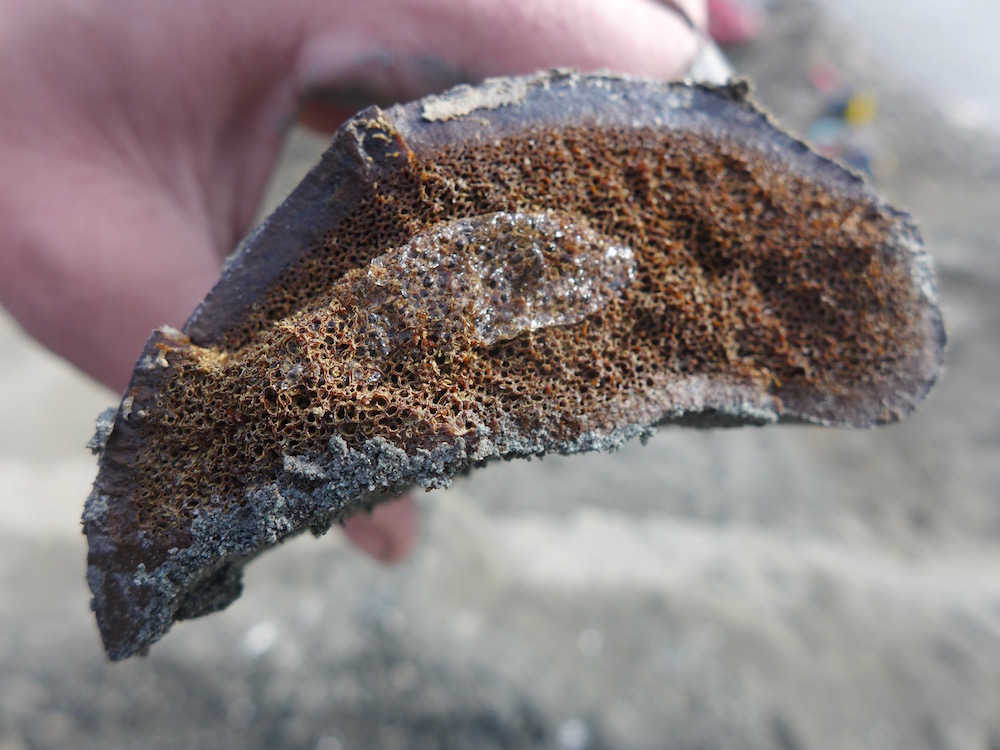
Samples of frozen bone were uncovered at the Liscomb Bone Bed in the Prince Creek Formation in northern Alaska. (Photo courtesy Greg Erickson)
Treasure hunt
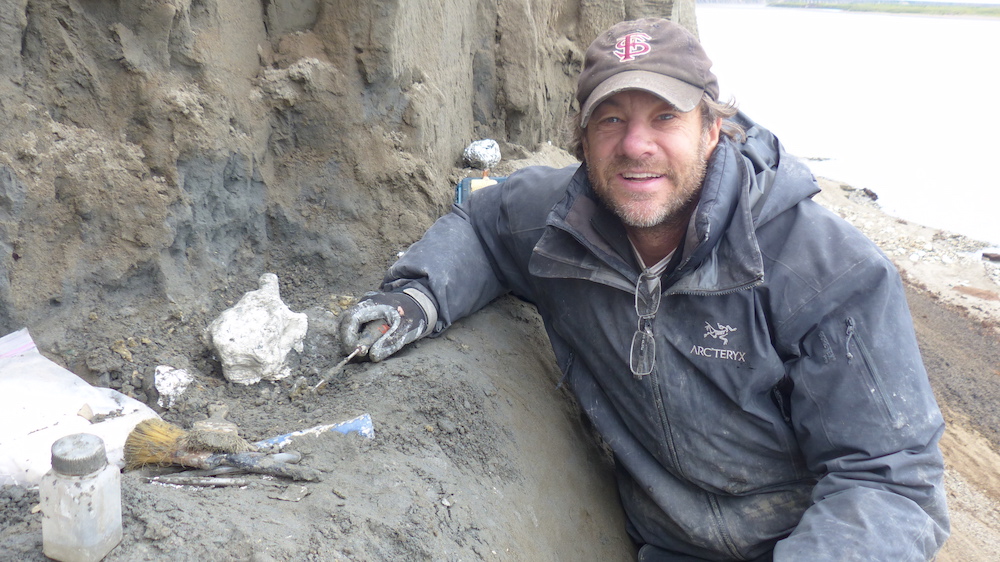
At the Liscomb site, Greg Erickson digs for more fossils. (Photo courtesy Greg Erickson)
Follow Laura Geggel on Twitter @LauraGeggel. Follow Live Science @livescience, Facebook & Google+.

Laura is the archaeology and Life's Little Mysteries editor at Live Science. She also reports on general science, including paleontology. Her work has appeared in The New York Times, Scholastic, Popular Science and Spectrum, a site on autism research. She has won multiple awards from the Society of Professional Journalists and the Washington Newspaper Publishers Association for her reporting at a weekly newspaper near Seattle. Laura holds a bachelor's degree in English literature and psychology from Washington University in St. Louis and a master's degree in science writing from NYU.









